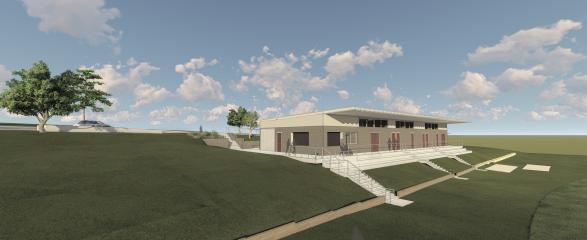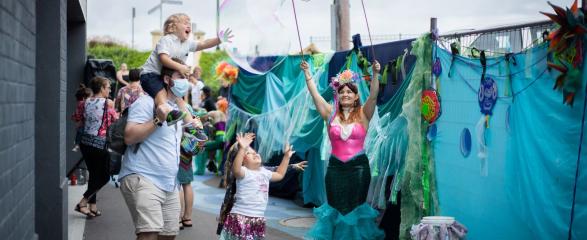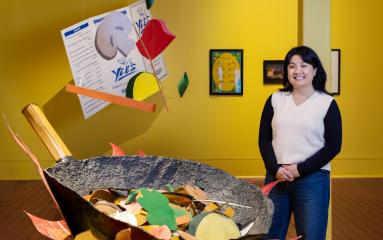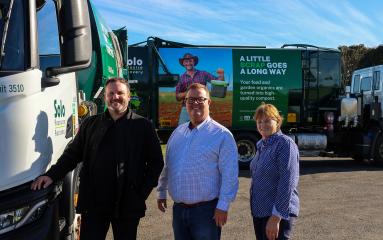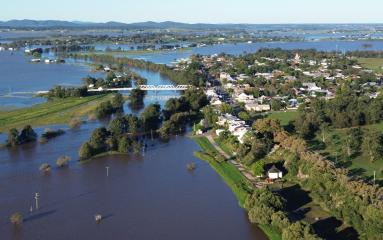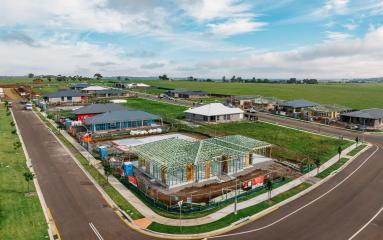Subscribe to our newsletters
Stay up to date with everything happening across Maitland City Council by subscribing to one or more of our regular eNewsletters.
Latest news
Read the latest news from Council below.
Contact our media team

Maitland City Council's Communications Team can assist with all media enquiries.
Contact
Phone: 02 4939 1077
Email: media@maitland.nsw.gov.au
Urgent after hours
Phone: 0497 432 467

